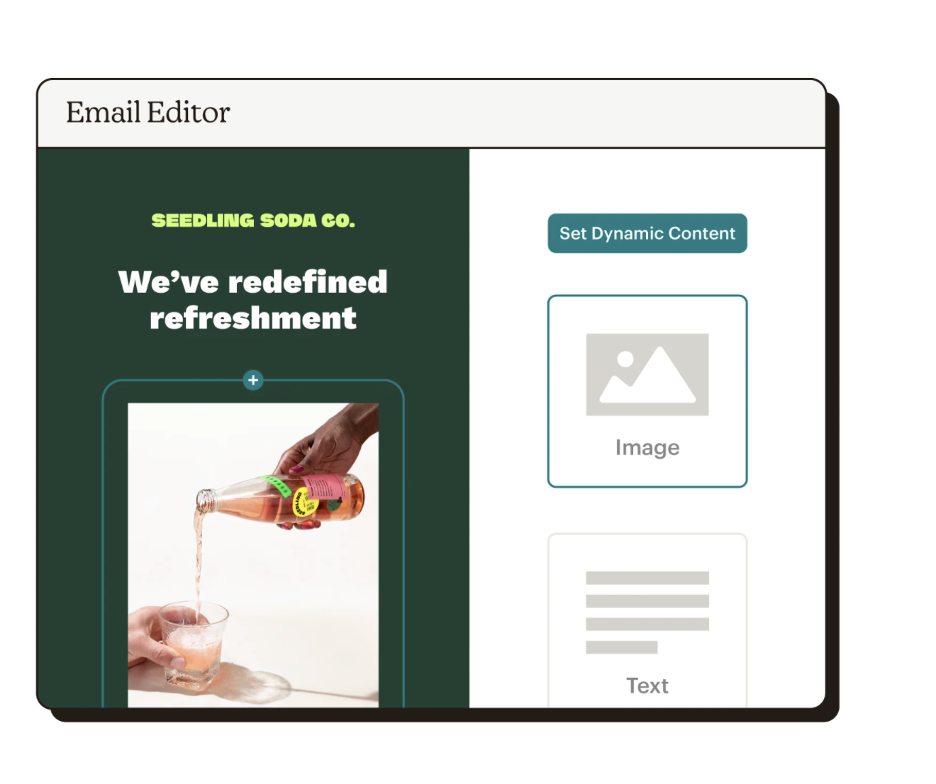For any product manager or designer, concept testing is an important stage of the development process. It’s the point at which you’re brainstorming ideas and seeing what works and what doesn’t work.
Concept testing is the early market research and trialing that you need for success. It’s what will hopefully strengthen your new product as it launches onto the market.
In this article, you’ll get the best practices to use when it comes to concept testing for the new product. So what is concept testing anyway?
What is concept testing?
Concept testing is the very early stages of product development. It’s the point at which you brainstorm ideas and do market research to see if it’s a viable idea.
According to Harvard Business School professor Clayton Christensen, every year 30,000 consumer products are launched and 95% of them fail. The odds are certainly against you if you’re in the market for the development of products.
That’s why concept testing can be so vital to do so that what you’re developing actually stands a chance of success. The product needs to connect with the customer before you take it to market. The right product research will ensure your assumptions about the customer are right.
Not only will concept testing help achieve a successful product launch, but it can also help use your time and money wisely. Should your product fail for any reason, you may not have lost as much as you could have.
Six best practices for concept testing
There are many benefits to concept testing which are explained further down this article but let’s start with the best practices. Whilst there are many tips and tricks out there when it comes to concept testing, these are some of the best practices you could implement.
1. Choose between innovation and updates
Concept testing should offer a change to the market you’re launching in. Whether you’re making slight adjustments to certain products already in existence or launching entirely new ones, it’s important to differentiate between the two. The reason for this is that your research is likely going to be more accurate when defining features and choosing the right testing methods needed.
By doing this, you’re going to discover which of the concepts is more likely to be successful with what you already have and what needs more development. 21% of products will fail to meet customers’ needs and therefore some concepts can be riskier than others.
Concept testing for new products will likely need even more development than those similar products already on the market.
2. Consider the correct type of concept test survey
One of the most useful elements of concept testing is the surveys. Before designing the survey itself, it’s important to consider which methodology will be the best one for your requirements. There are some regular survey methodologies – however, this list isn’t exhaustive.
Single Concept Evaluation
This survey is most beneficial when it’s just the one concept that you’ve thought up and therefore only need one full evaluation.
Multiple Concept Evaluation
There will likely be multiple concepts that have been thought up and therefore need full evaluations for multiple concepts, which could be two, three, or even more.
Concept Selection
For this type of survey, the respondent will choose which concept they like best, rather than to just give an evaluation on each one.
Concept Selection and Evaluation
Finally, a mixture of both. Respondents will provide both evaluations of the concept and select the best one to move forward with.
Choosing the right type of concept test survey is something that will help you assess the concepts correctly. By picking a test survey that has enough detail, you’ll acquire the results needed to select the right one.
3. Be detailed in what’s included in the survey
It’s useful to know what objectives or goals that you have when it comes to the concept testing stage. When crafting the survey, you want to determine the key elements that will help you get the desired data you need.
The components that are needed for a concept test can include the following:
- Measurements for the concept reaction
- The likelihood of purchasing
- Price sensitivity analysis
- Estimations on product value
- Product use frequency
- Likes and dislikes for the concept
- Segmentation analysis
- Market segments to use
- Preferred method of purchase
These are just a few details that you’ll need to add to your concept survey. For some products, you may need more or less. It pays to be as detailed as possible during this early stage of development.
4. Keep your concept testing constantly
When it comes to concept testing, persistence is key. Iteration is what will help lead to more success for the product on the market and prove you have the right concept to begin with.
Investing in an ongoing concept development process will help identify all the changes that need to be made and understand what further research is needed to provide clarity to those grey areas.
Every change to the conception of the product will need consumer feedback and so surveys should be rolled out every time. The latest concept you have before you start developing further should be assessed by your respondents. It’s the only way to ensure you’ve got accurate insights and that the concept remains up-to-date in regards to the target audience’s requirements.
Don’t sleep on this part of the process because this concept testing practice is going to help your product become the best on the market. This is regardless of whether it’s brand new or a more advanced version of others in existence.
5. Compare your test results with previous ones
Data is very useful and can help you figure out what is lacking within the process. It can also identify similarities that determine what elements are working with the product.
Previous concept evaluation data provides insight. While it might be time-consuming to gather this data, each one can be comparable to the next. It helps you to get closer and closer to the best product for your consumers.
Comparing your test results can enlighten you to new core features, branding, and pricing for the product itself. The more effective your test results become, the more confident you’ll likely be when launching the product to the public.
6. Choose the best format to present the concepts
Depending on your product and depending on the users taking part in the concept testing, it’s important to think about delivery and format when presenting the concepts themselves. Some of your consumers that are testing might need a bit more detail in order to understand the idea. Otherwise, there can be a misunderstanding that compromises some of the results you get back.
Selecting the right format to communicate your concept is important. It might be worth delivering a video explanation or a slideshow before the user starts exploring the product or specific functionality that they’re testing. The more that you can provide them in the way of information and detail, the better.
What are the benefits of concept testing?
There are plenty of benefits that can come from concept testing, in the hopes that it will lead to success. Ultimately though, it comes down to the customers to decide whether it’s a good idea or not. Here are some of the benefits that you can get with these practices.
Filter out ideas that won’t work
You will probably have many ideas that you have when it comes to a new product, so it’s essential to filter out all the half-thought-out ideas and those that simply won’t work as well as they could.
With concept testing, it can be a great way to filter out ideas that won’t work so that you’re left with the best potential there is. It’s also a way of watering down all the ideas that you’ll have likely brainstormed.
Understand what elements your consumers want
When you do concept testing for your product before starting on the design and development, it can give you more information on the elements. From every single detail and feature, it’s all implemented with the best intention for your consumers. Concept testing can be helpful to understand fully what the consumers are after when it comes to your product.
Ensure your product will deliver successfully
And finally, concept testing is just one useful contribution that will hopefully lead to a successful delivery when it reaches the launch stage. All businesses that invest money into consumer products want them to be successful. This is not only so that they can make back the money they spent, but also to provide more revenue in sales and recognition for the company.
Successful delivery will make for a good start on future products you develop because you’ve managed to crack the formula needed.
Invest in concept testing for your products
Concept testing is influential to the success of your products and can influence the potential of your product upon its launch. Spend time using these practices when concept testing for your product, whatever it might be.




